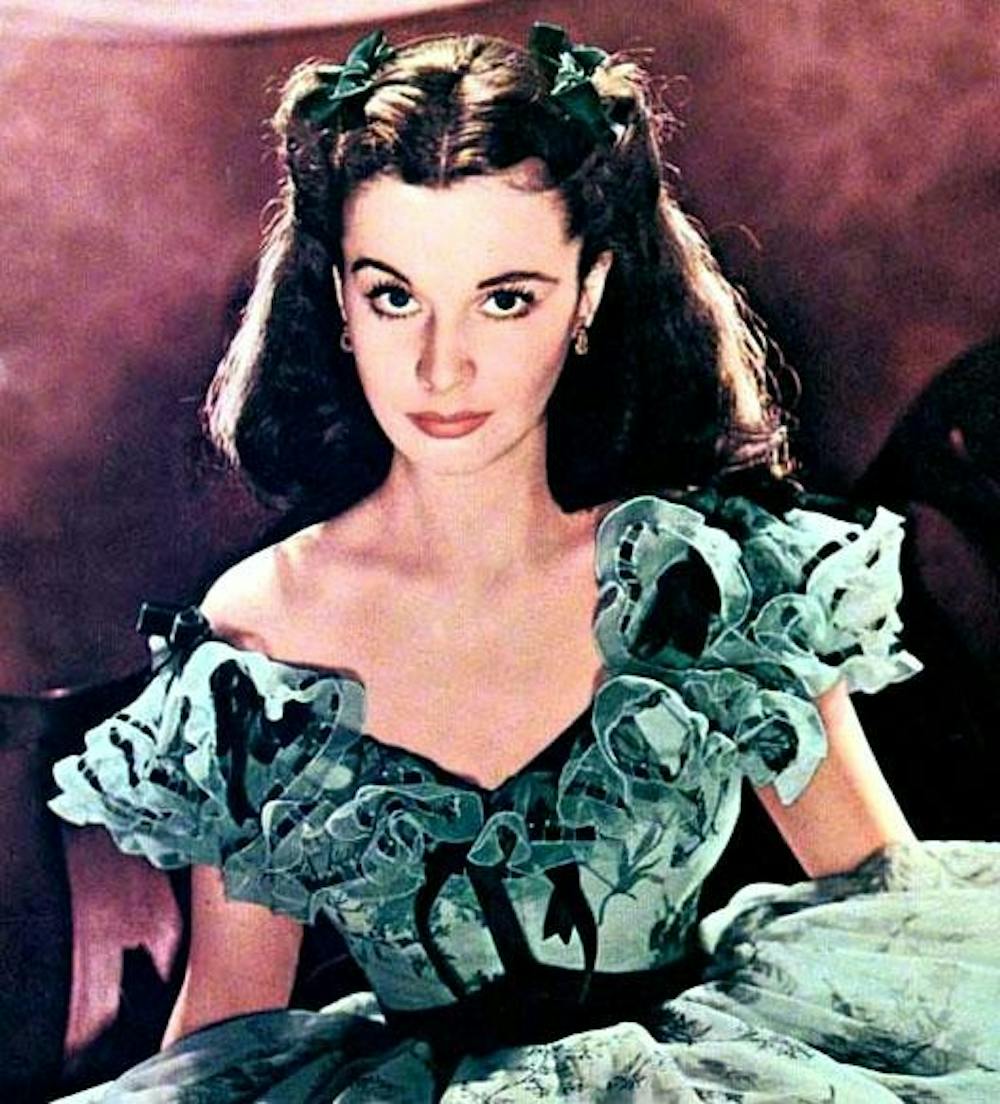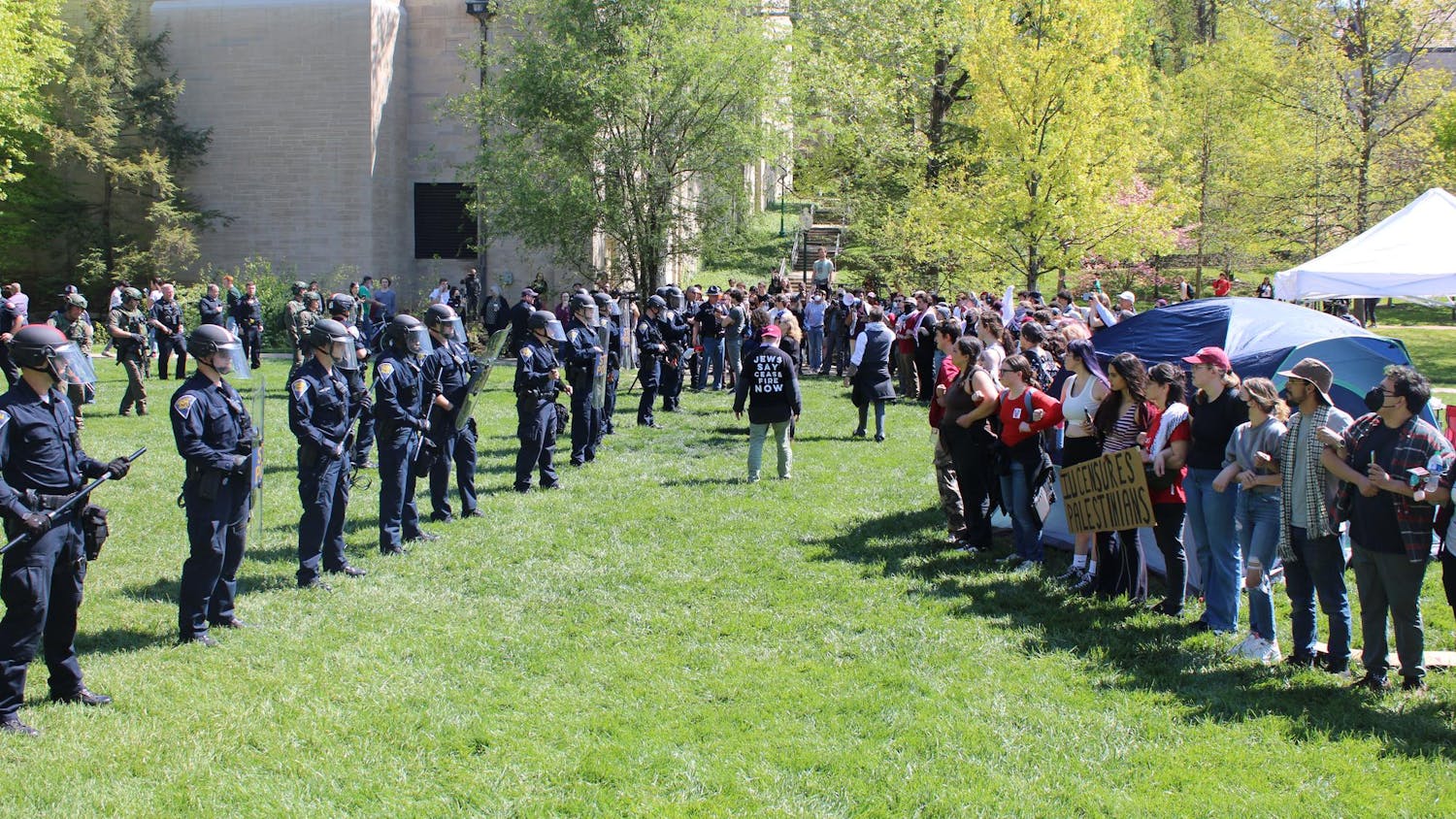Sometimes, a fictional person is so well crafted they start to seem like a real person. For this week’s foray into the world of literature, WEEKEND staffers brainstorm some of the characters they’ve had the most emotional investment in over the years. In no particular order:
Elizabeth Bennett from “Pride and Prejudice” by Jane Austen: Strange in her time, Bennett, like her author, was an outspoken woman with a quick wit and an even quicker tongue. She had to work through her prejudice (and his pride), but eventually used her brains to find true love.
Holden Caulfield from “The Catcher in the Rye” by J.D. Salinger: Though Caulfield’s narrative style can be a bit grating, through the novel it becomes clear the style is that of a mentally troubled young man who wants nothing more than to get back the innocence he lost in his trek to adulthood.
Anton Chigurh from “No Country for Old Men” by Cormac McCarthy: A ruthless, mysterious assassin, Chigurh is the human embodiment of the deadly, unknown fate that awaits us all.
Anna Karenina from “Anna Karenina” by Leo Tolstoy: Love her or hate her, everyone’s had moments where they just felt like throwing themselves under a train, especially if their quest for true love leads to an adulterous affair and social abandonment.
Robert Langdon, created by Dan Brown: Brown’s rollicking mysteries wouldn’t be the same without the shrewd intelligence and adventurous spirit of his constant protagonist.
Meursault from “The Stranger” by Albert Camus: Camus’ main character perfectly captures the muted emotional response encouraged by an existentialist world view. Is Meursault the monster, or is it the indifferent universe in which we live?
Scarlett O’Hara from “Gone with the Wind” by Margaret Mitchell: The protagonist’s transformation from a whiny southern belle into self-sufficient, war-hardened plantation mistress is only one component in a startling depiction of Civil War aftermath.
Harry Potter from the “Harry Potter” series by J.K. Rowling: As a classic from our own childhood, we connected with Harry because — besides being brave, smart and loyal — he was our age when we met him.
Ralph from “Lord of the Flies” by William Golding: Once the rest of the stranded schoolboys transform into savages, former-leader Ralph must fight for his life and his humanity. Golding leaves us seriously in doubt that all 12-year-old boys could maintain his level of sense.
Valentine Michael Smith from “Stranger in a Strange Land” by Robert Heinlein: The “stranger” in this case is Smith, a human raised by Martians and brought back to earth as an adult, where he teaches humanity how to love again and pays for it with his life.
We love a character
WEEKEND staffers name some of their all-time favorites

Get stories like this in your inbox
Subscribe





